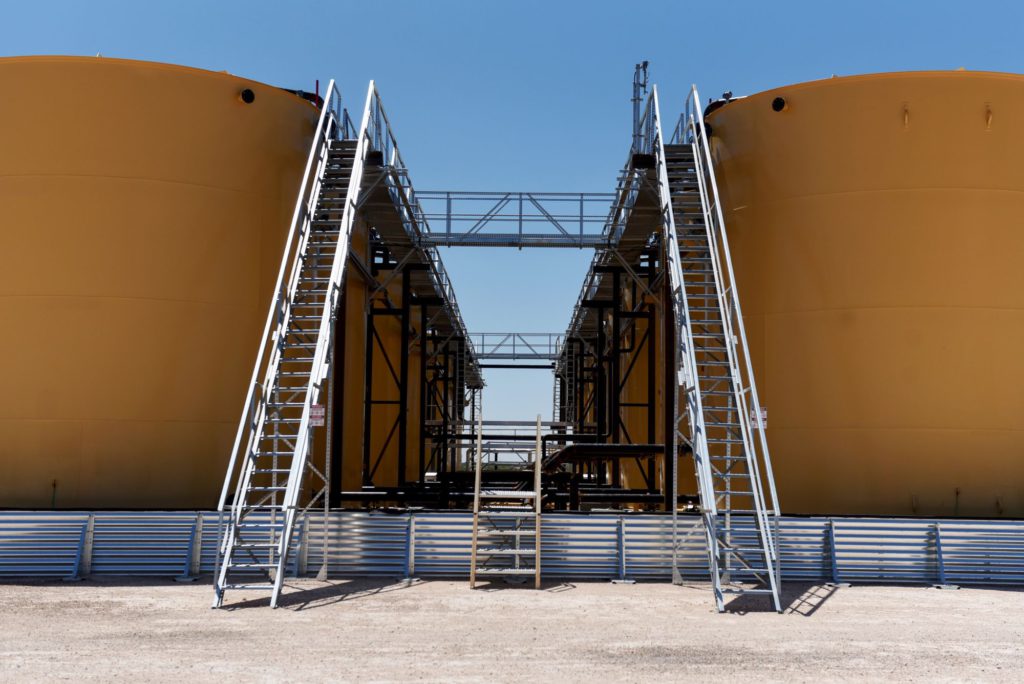(Bloomberg) — The world economy is facing a buildup in stagflationary forces as surging energy prices boost inflation and slow the recovery from the pandemic recession.
Oil’s climbed to more than $80 a barrel for the first time in three years, natural gas for October delivery traded at the costliest in seven years and the Bloomberg Commodity Spot Index rose to the highest level in a decade.
Food prices are also advancing, driven in part by crop failures in Brazil, with a benchmark UN index up 33% over the past 12 months.
Rising costs for households and companies are hitting confidence while pushing inflation faster than economists had expected only a few months ago. That could put policy makers in the uncomfortable position of having to choose whether accelerating prices or weaker growth poses a greater risk.
The shock has already drawn comparisons with the mix of economic stagnation and oil-driven inflation spikes that dominated the 1970s. While many central bankers dismiss this as hyperbole, the concern is that more enduring price increases will feed into demand for higher pay, tipping the economy into a vicious cycle.
“We’re seeing all of this inflation,” Supriya Menon, a strategist at Pictet & Cie. told Bloomberg TV. “Ultimately how does that get resolved? Part of the way it could get resolved is through demand destruction.”
Bloomberg Economics calculates that a 20% increase in commodity price implies a transfer worth at least $550 billion — roughly equivalent to Belgium’s annual output — from commodity consumers to those that produce the most. In dollar terms, the biggest losers may be China, India and Europe. Winners include Russia, Saudi Arabia and Australia.
Their SHOK model also suggests a $10 increase in oil prices adds about 0.2 percentage point to annual inflation across the US, euro area and the U.K. A greater reliance on oil imports means the drag on growth is likely to be more significant in Britain and the monetary union as higher prices squeeze household real incomes.
Sharp cuts in production across a range of energy-intensive industries in China are now expected to drag growth lower this year, with economists from Goldman Sachs Group Inc. to Morgan Stanley cutting forecasts.
In the U.K., consumer confidence fell in September at its sharpest pace since coronavirus lockdown rules were tightened almost a year ago as Britons brace for a looming income squeeze.
In addition to a run on petrol stations following a shortage of drivers to deliver fuel, the U.K. along with much of Europe is suffering a surge in electricity and natural gas prices triggered by a post-lockdown demand surge and lower inventories left over from last season. That has undermined already fragile consumer sentiment.
“There’s a limit to how many price shocks we can continue to describe as ‘one-offs,’” George Buckley at Nomura wrote in a report. “Higher energy prices often lead to lower confidence, particularly at a time when rising virus case numbers could yet scupper the nascent economic recovery.”
The latest bout of commodity-price surge has taken markets by surprise just as major central banks were starting to signal their intention to curtail stimulus.
“Will this renewed spike in energy costs mean central banks accelerate this,” said Jim Reid, global head of fundamental credit strategy at Deutsche Bank AG. “Or will it hit demand enough that it actually slows them down? This is an incredibly delicate and difficult period for central banks.”
Bank of England Governor Andrew Bailey highlighted the conundrum when he drew attention to the limits of monetary policy to deal with some of the factors causing higher consumer prices.
“The shocks that we are seeing are restricting supply in the economy relative to the recovery of demand,” he said Monday in speech. “This is important because monetary policy will not increase the supply of semi-conductor chips, it will not increase the amount of wind (no, really).”
Consumer confidence has also taken a hit in the U.S., where high prices depressed buying conditions for household durables to their worst level since the 1980s.
For advanced economies, the silver lining is that they’ve generally recovered from the recession better than anticipated a year ago.
Gross domestic product may return to its pre-crisis trajectory in 2022, according to forecasts this month from the Organization for Economic Cooperation and Development, a stronger outcome than it predicted in late 2020.
Many officials also still insist the current spike in prices will fade without the need for action.
European Central Bank President Christine Lagarde said Tuesday that the key challenge for policy makers is that “we do not overreact to transitory supply shocks that have no bearing on the medium term.”
(Adds SHOK model in paragraph eight)
More stories like this are available on bloomberg.com
©2021 Bloomberg L.P.











